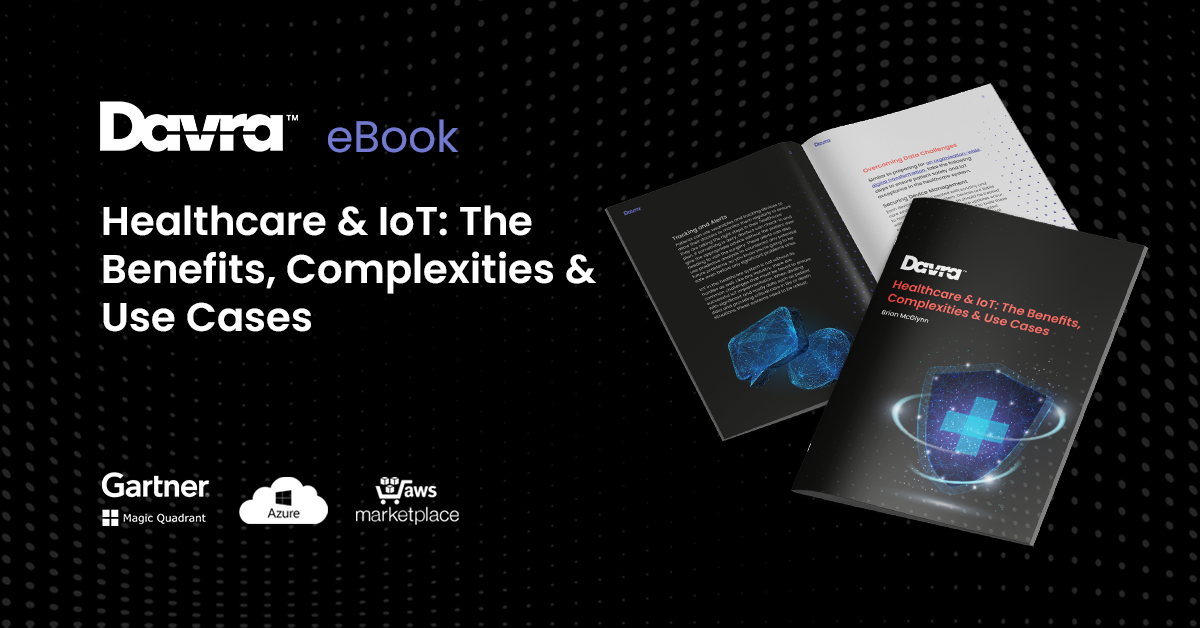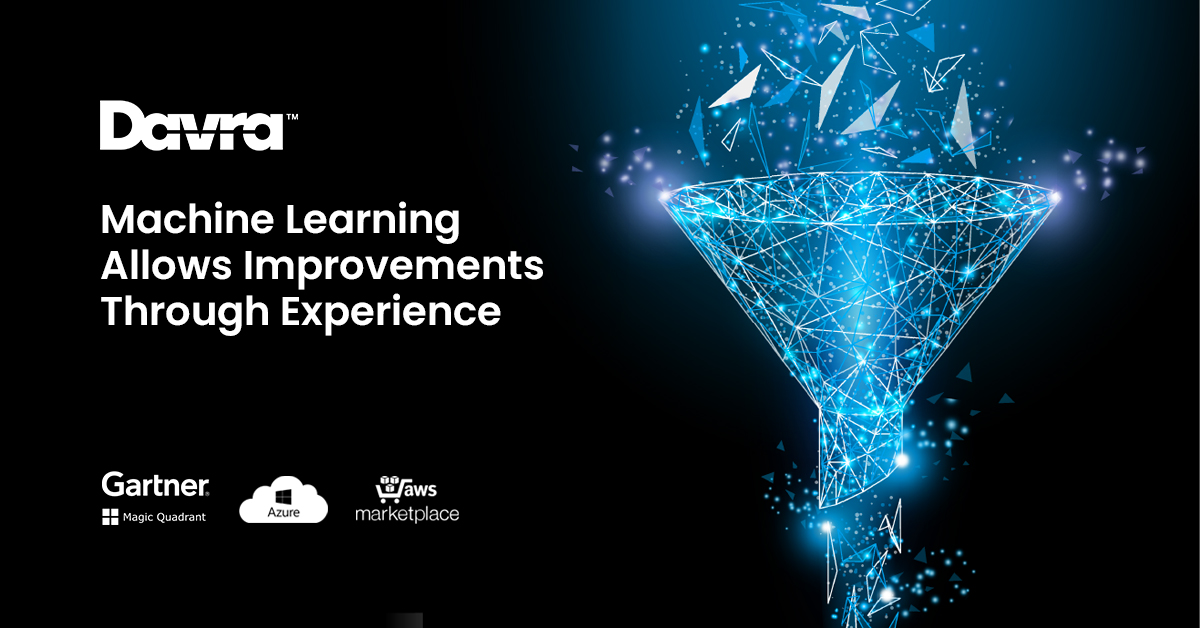IoT in Healthcare Use Cases eBook
Download Your Free IoT in Healthcare Use Cases eBook
Read More


You might be thinking, what does this machine learning hype have to do with our beloved IoT? It does in fact, have EVERYTHING to do with IoT! Machine Learning is a subset of Artificial Intelligence, or AI, along with the other subsets such as rules engines, expert systems and knowledge graphs. AI and Machine Learning are used interchangeably, but they are not one and the same thing.
Machine Learning pioneer and computer scientist Tom M. Mitchell describes machine learning as: “Machine learning is the study of computer algorithms that allow computer programs to automatically improve through experience.” Machine learning examines and compares data in datasets of varying sizes to find common occurrences and patterns in order to make decisions. When you give the machine learning algorithm the goal or outcome, it learns from the data which factors are important in achieving that goal. The more data the model is fed, the more it can improve over time because it has more data to work off of.
In order to improve and build upon business models and for IoT platforms to fully thrive in their environments, the data they are fed must be acted upon. Creating a machine learning model that takes in this data and then processes it, acting upon the inputs over time and learning how the tools and systems should be operating to then figure out when something could go wrong in the factory or environment, is how these models are used in the IoT world.
Supervised ML: K Nearest Neighbour (KNN)
Supervised machine learning means the outcomes or values to be predicted by the machine are already known from the offset, so the algorithm learns the data while it is also fed the correct answers or the labels to the data. We know the correct answers, the algorithm iteratively makes predictions on the training data and is corrected by the teacher.
KNN works by classifying a new data point into a target class, depending on the characteristics of its surrounding, or neighbouring data points.
For example, if you were to give a machine images of cats and dogs, the model would first need to be given multiple images and told to identify them by certain features; say cats have smaller ears and dogs have longer ears. During this training phase, the model will be told to identify the images as either cats or dogs because it has been given the characteristics, therefore it is supervised. When it is fed new images, the KNN algorithm classifies data points based on how similar they are to their neighboring data points, i.e. the small ears or long ears.
Unsupervised ML: K-Means
Unsupervised machine learning involves feeding the model with unlabeled data, so there is no “teacher” there to oversee how the model interprets the data. The model instead takes in data and figures out the patterns and nuances on its own. Using the example above, it would assess each image and make its own assumptions; the cat has pointy ears and a slim body, so would class this image as Image A. Whereas the image of the dog would be characterised by longer ears, big nose and wider body and called Image B. the images haven’t been labelled cat or dog, so it doesn’t know what the images actually contain, only that they are different.
K-means looks for a fixed number (k) of clusters in a dataset in order to group similar data points together and then discover underlying patterns. The cluster is the group of data points aggregated together because of certain similar features.
Although it identifies which data point should be part of which cluster, you must specify the parameter K. K represents the total number of clusters you want to use to spread out your data. This algorithm enables you to group data into distinct characteristics, so the data points or centroids will be similar to each other.
Network, storage and databases generate huge volumes of alert messages everyday in all industrial environment types through IoT sensors and data streams. These alert messages can be categorised based on the time to repair, predictive maintenance, how severe the warning is and any other factors that are developed in the system. The clustering of the data through this modelling can therefore alert the users, depending on what group the data comes from. Soil moisture predictions can be made through the KNN algorithm and predictive maintenance runs solely on models taking in data and then analysing when the data is not displaying normal characteristics and needs maintenance.
If you would like to discuss how IIoT can have a positive impact on your tools and alert management system, please contact us today for more information.
Brian McGlynn, Davra, COO
Download Your Free IoT in Healthcare Use Cases eBook

Davra IoT is the only Industrial IoT Platform Available on AWS Marketplace
Read MoreThe Collaboration of Humans & Robots Has Created The Cobot
Read More